Schedule I Review
Reflections After Schedule I: Notes From a Mind Left Restless
Disorientation From the Start
I just finished Schedule I, and I don’t even know where to start. It’s been about twenty minutes since the screen faded to black, and yet, I feel like I’m still somewhere inside those empty corridors. This wasn’t the kind of horror game I expected — no monsters chasing you, no weapons to defend yourself. Just endless unease and a lingering sense that you’re trespassing in a place not meant for human eyes.
Thrown Into the Unknown
The opening was intentionally disorienting. You drop into a space that barely qualifies as a room, and there’s no text or prompt to give you purpose. I remember standing still for a moment, wondering if the game was glitching. But no — that confusion was entirely by design. From the start, Schedule I doesn’t care about your expectations, and I respect that.
Broken Digital World
Visually, it’s like stepping into a forgotten prototype of some long-abandoned project. Blocky textures, harsh lighting, and geometry that feels slightly off. In any other game, these would be flaws. Here, they’re storytelling tools. Every imperfect wall and flickering light felt intentional, like the world itself was slowly unraveling.
A Story Told by Silence
There were no cinematic cutscenes. No walls of text explaining lore. The story came through suggestion — scraps of words on a wall, a malfunctioning screen, a room that shouldn’t exist where it does. I found myself piecing together possible theories: Was I a test subject? An intruder? A patient? Or just someone trapped in their own mind? The lack of answers made it so much better.
Sound That Creeps Under Your Skin
Sound design might be Schedule I’s most powerful weapon. The absence of constant music left every tiny creak and electronic buzz amplified. At one point, I thought I heard breathing behind me, but when I turned, the corridor stretched on empty. Another time, a sudden burst of static made me physically jolt in my chair. It wasn’t cheap — it was masterfully timed.
Minimalism That Works
It didn’t take long to realize there was no combat. No puzzles in the traditional sense, either. You walk, you observe, you react. And while that might sound dull on paper, it wasn’t. Every step deeper into the game felt heavier. Every door you open, you hesitate. What’s on the other side? Often nothing, and somehow, that nothingness felt worse than the alternative.
Fragments of a Larger Truth
The narrative, if you can call it that, revealed itself in fragments. I noticed recurring symbols, strange numerical codes, and references to some kind of “Schedule” I was apparently part of. Was it a medical procedure? A mind experiment? A metaphor for life slipping away? I still don’t know, and I think that’s the point.
The Second Playthrough Surprise
After my first run (about 50 minutes long), I immediately restarted the game. And you know what? Things were different. A door that was once locked opened this time. A hallway seemed longer. Small, almost imperceptible changes, but enough to suggest that Schedule I is designed to be experienced more than once — or perhaps, that you never actually leave it.
Not for Everyone
It’s worth saying that this won’t be a game for everyone. If you’re the kind of player who needs objectives, inventory management, or branching dialogue, you might walk away frustrated. Schedule I is more about creating a mood and letting it consume you. It’s not designed to be “won” — it’s designed to haunt.
Intelligent Horror
I admire how it respects the player’s intelligence. No handholding, no over-explaining. It leaves gaps in its story and trusts you to fill them with your own fears. That kind of experience stays with you longer than any predictable scare sequence.
Final Thoughts
Schedule I left me with more questions than answers — and I loved that. It’s the kind of experience you don’t just finish and forget. Days from now, I’ll probably still be wondering what certain symbols meant, or whether the final room was even real. It’s a stark reminder that sometimes the scariest places aren’t haunted houses or ancient dungeons, but the empty, flickering corners of a corrupted digital world.
If you value a game’s ability to make you think, to leave you unsettled without relying on cheap tricks, and to tell a story between the lines, this is one you shouldn’t miss.

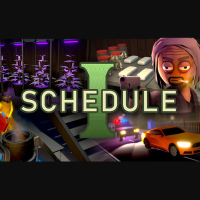



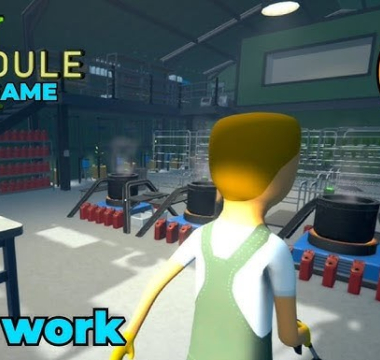

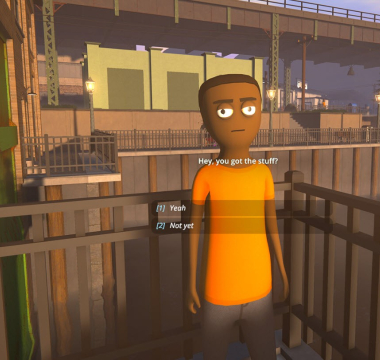
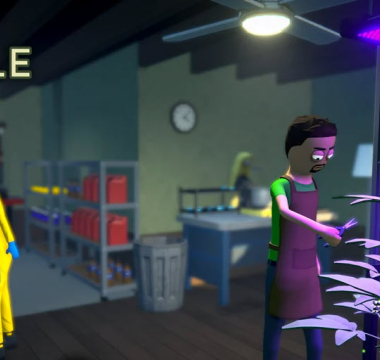
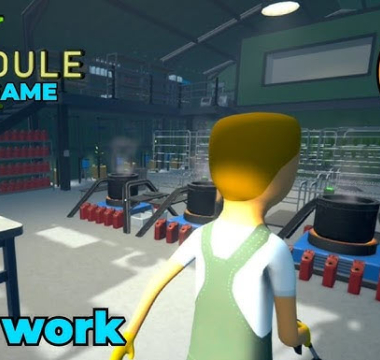







Leave a comment
Your comment is awaiting moderation. We save your draft here
0 Comments